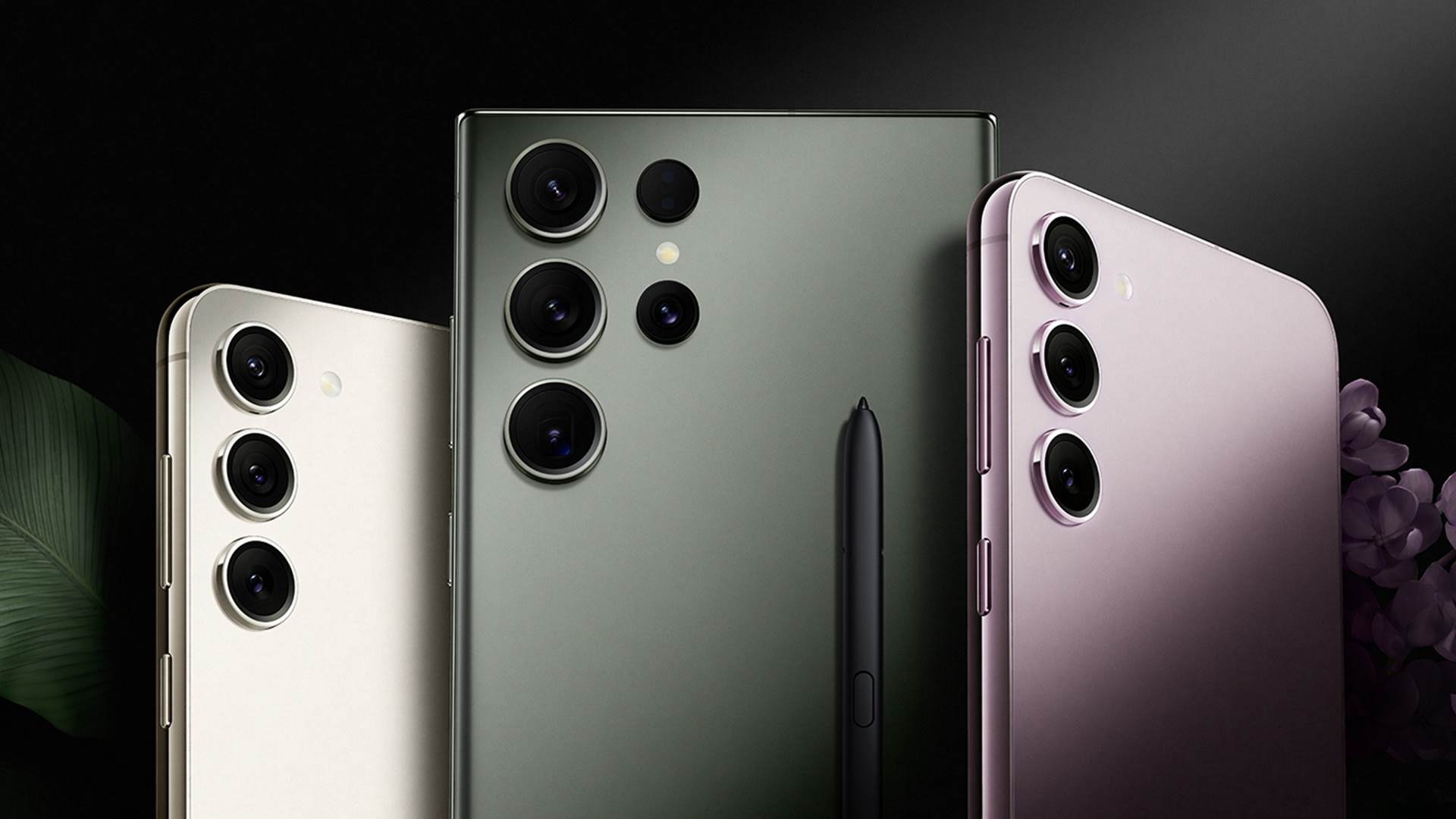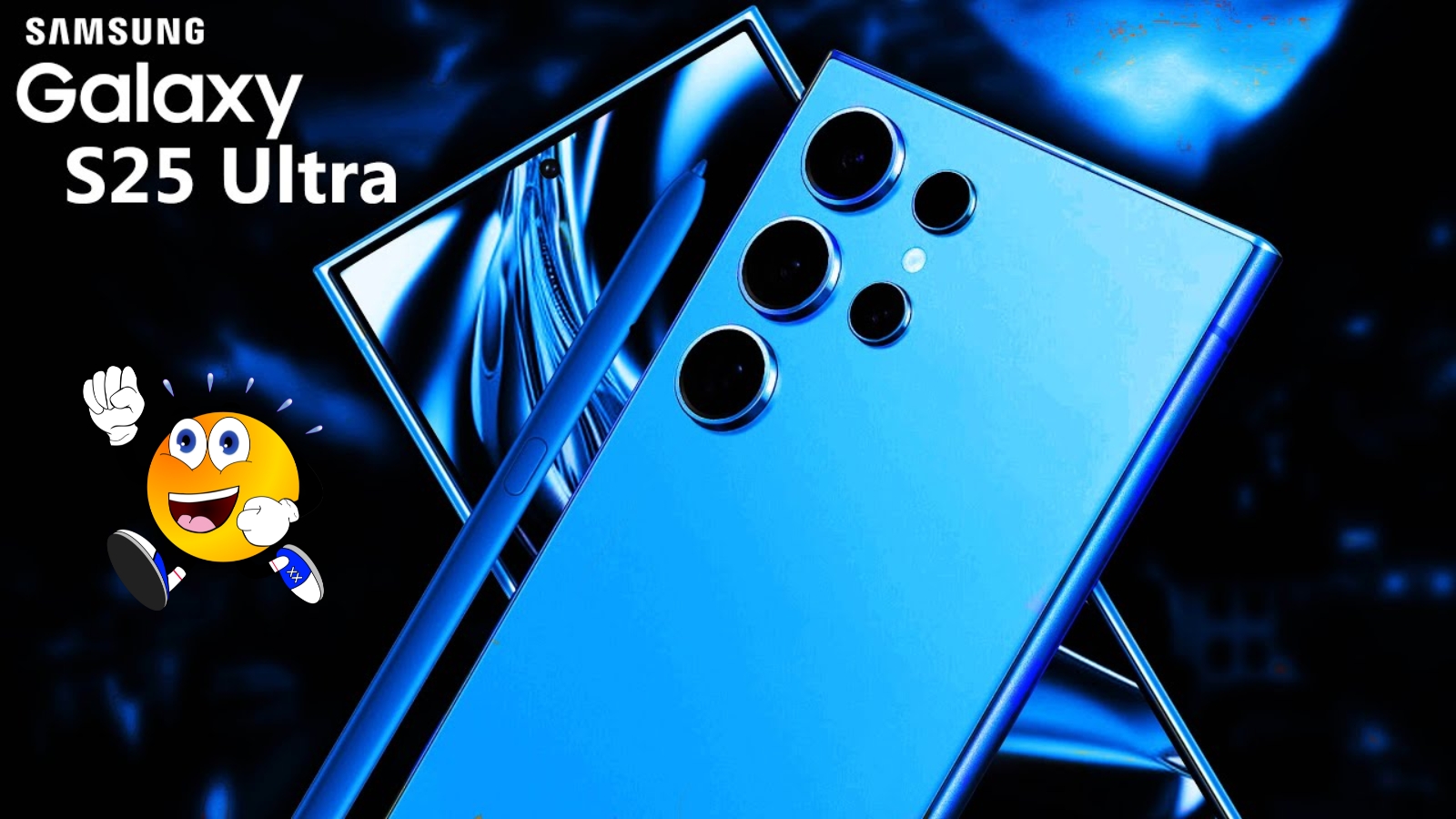Choosing between a Google Pixel and Samsung Galaxy phone feels overwhelming when both offer flagship features. After using both extensively, here’s what you really need to know to make the right choice for your lifestyle.
Design and Build: Two Different Philosophies
Google Pixel: Fun Meets Function
Google’s recent Pixel phones stand out with their distinctive camera bar design. The horizontal stripe across the back isn’t just for looks – it creates a unique two-toned appearance that feels fresh. The newer Pixel 9 series refined this into a camera island that feels more durable while keeping that distinctive Google look.
What makes Pixel phones special is their approachable design. The rounded corners and curved frames make them comfortable to hold, even during long usage sessions. The aluminum build quality has improved dramatically, matching premium competitors in feel and durability.

Samsung Galaxy: Professional and Polished
Samsung takes a more conservative approach with clean, professional designs. The Galaxy S24 series features a minimalist camera setup in the corner, premium materials like Gorilla Glass, and that signature flat display design.
The Galaxy S24 Ultra stands out with its built-in S Pen, but this creates a larger, more angular phone. If you don’t use the stylus regularly, you’re carrying extra bulk for a feature you might ignore.
Software Experience: Simple vs Customizable
Pixel UI: Clean and Straightforward
Pixel phones run Google’s version of Android, which feels like the “pure” Android experience. Everything integrates seamlessly with Google services – Photos, Gmail, Chrome, and the new Pixel Weather app all work together perfectly.
The interface stays out of your way. App icons automatically color-coordinate with your wallpaper, the lock screen offers multiple clock styles, and the app drawer stays organized alphabetically. You get customization without complexity.
One UI: Power User Paradise
Samsung’s One UI offers incredible customization options through layers of settings menus. You can control almost every aspect of your phone’s behavior, from animation speeds to detailed camera controls.
The downside? It can feel overwhelming. Samsung includes duplicate apps (Samsung Internet alongside Chrome, Samsung Messages with Google Messages), plus pre-installed apps like LinkedIn and Microsoft 365 that many users immediately delete.
Camera Performance: Point-and-Shoot vs Manual Control
Google’s Approach: Computational Photography Magic
Pixel cameras excel at making everyone look like a photography expert. Point, shoot, and Google’s processing handles the rest. The Tensor chip automatically adjusts colors, applies motion effects, and even suggests elements to remove from photos.
Night photography showcases this perfectly. Pixel’s astrophotography mode requires just tapping the shutter and waiting. The phone handles exposure time and processing automatically.
Samsung’s Philosophy: Professional Tools
Galaxy phones offer more manual control through Pro mode and Expert RAW. You can adjust white balance, shutter speed, and ISO manually – perfect for photography enthusiasts who want DSLR-level control.
However, this means extra steps for casual photography. Samsung’s astrophotography requires opening Expert RAW, selecting duration settings, and manually configuring the shot.
Performance and Daily Use
Both phone lines offer flagship performance, but they feel different in daily use. Pixel phones prioritize efficiency and integration with Google services. Galaxy phones emphasize raw power and multitasking capabilities.
Pixel’s Tensor chips run slightly warmer than Samsung’s processors but deliver impressive AI features and seamless Google Assistant integration. Samsung’s chips offer more raw computing power, especially beneficial for gaming and intensive multitasking.
Comparison Table
| Feature | Google Pixel | Samsung Galaxy |
|---|---|---|
| Design | Distinctive camera bar, colorful options, comfortable curves | Clean professional look, premium materials, flat displays |
| Software | Clean Pixel UI, minimal bloat, Google integration | Customizable One UI, many features, some duplicate apps |
| Camera | Computational photography, automatic processing | Manual controls, Pro mode, Expert RAW |
| Updates | 7 years of support | 7 years of support |
| Unique Features | Google AI integration, Magic Eraser | S Pen (Ultra models), DeX mode |
| Best For | Simplicity seekers, Google users | Power users, customization lovers |
Which Should You Choose?
Choose Google Pixel If:
- You want a phone that “just works” without tweaking
- You’re heavily invested in Google services
- You prefer simple, effective camera operation
- You like distinctive, colorful designs
- You want a smaller flagship option (Pixel 9 Pro)
Choose Samsung Galaxy If:
- You enjoy customizing every detail of your phone
- You need S Pen functionality for notes or drawing
- You prefer manual camera controls
- You want maximum processing power
- You like traditional, professional smartphone designs
Frequently Asked Questions
Q: Which phone takes better photos?
Both excel in different ways. Pixel phones are better for casual photography with automatic processing, while Galaxy phones offer more control for photography enthusiasts.
Q: Do both phones get the same software updates?
Yes, both Google Pixel and Samsung Galaxy flagships now receive 7 years of software support.
Q: Which is better for gaming?
Samsung Galaxy phones typically offer more raw processing power, making them slightly better for intensive gaming, though both handle most games excellently.
Apple or Samsung? Which Smartphone Giant Truly Leads in 2025
